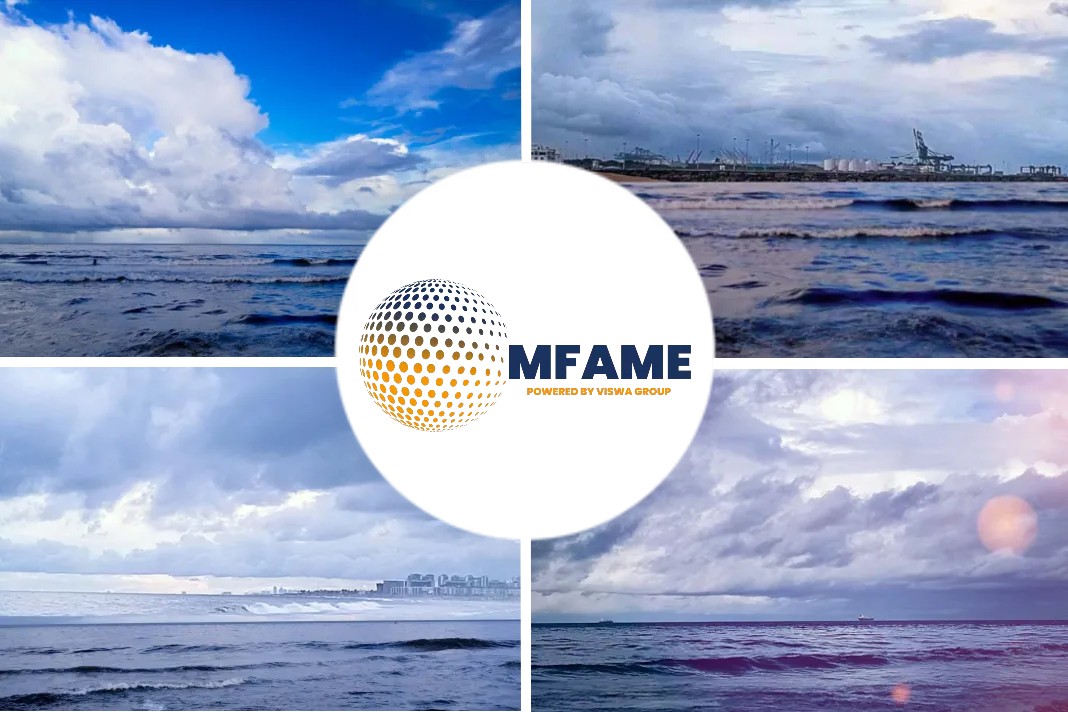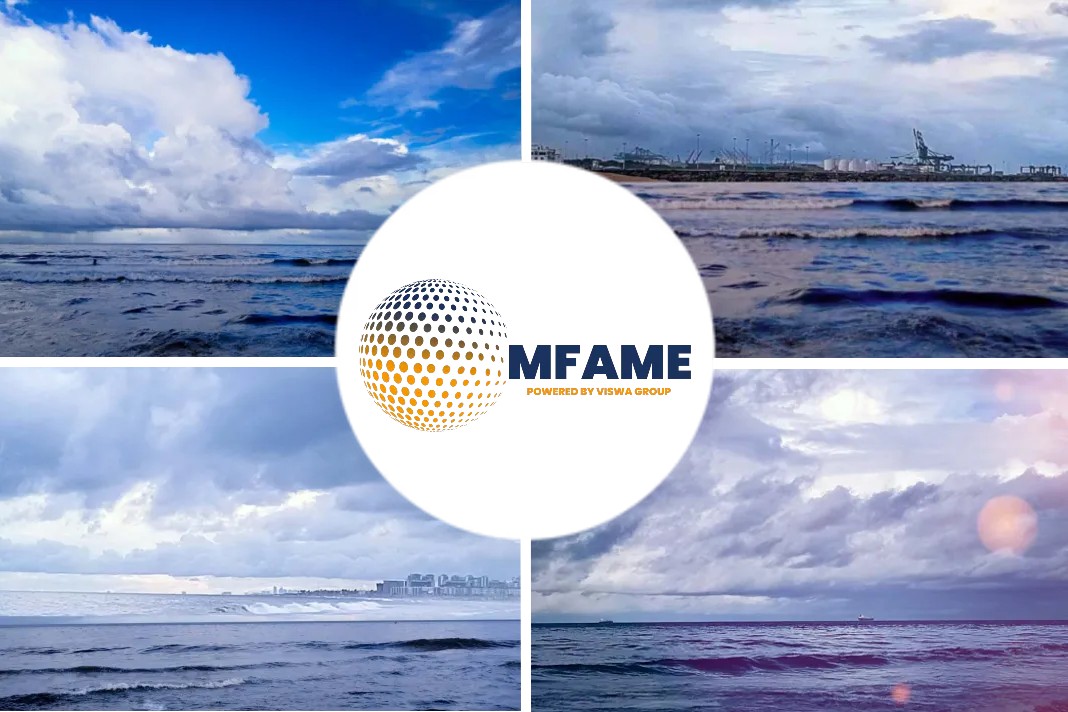- Wilmington constructed 243 cargo ships for the Maritime Commission and Navy during World War II and into 1946.
- It helped winning the war.
An article published in Star News Online reveals us the fascinating story of Wilmington’s cargo ships constructed during World War II.
Wilmington Ship
From accessible information, we know more about some than others. Several impressively served our country. Several ended disastrously.
But nothing matches the fate and aftermath of the SS John Harvey, Liberty Hull #56, delivered Jan. 19, 1943.
Unexpected Serious Disaster
On Dec. 2, 1943, German aircraft bombed jam-packed Allied ships in the harbor of Bari, Italy. The anchored Harvey, a sitting duck waiting for pier space, carried a load of mustard gas chemical weapons.
It exploded sky-high, killing 1,000, sinking 17 ships and contaminating countless sailors and civilians.
From this disaster, the war’s lone link to chemical weapons discharge and kept secret for decades, emerged a primary future treatment of cancer, chemotherapy.
In treating survivors, doctors discovered that mustard sulfur reduced cancer-enhancing white blood cells, and aided recovery. This fascinating story reaches far beyond here.
Dare faced by SS Virginia Dare
The Liberty SS Virginia Dare, convoying to Russia in September 1942, repelled German submarine and aircraft attacks for eight days, downing seven. “The gun crew’s marksmanship and your sturdy workmanship” allowed the delivery of its cargo, the shipyard’s newspaper reported to employees.
In March 1944, Dare took a torpedo and “died fighting,” losing 15 crewmen and breaking up off Tunisia. A total loss, but again it unloaded cargo.
In the Barents Sea en route to Archangel, Russia, over several days in September 1942, Liberty SS William Moultrie’s naval armed guard downed seven attacking bombers and destroyed an in-bound torpedo in the water. The guard commander received the Silver Star.
SS Virginia Dare Shipyard’s Victory
A Luftwaffe torpedo sank the Liberty SS Henry Bacon headed westward in the Barents Sea in February 1945, carrying Norwegian refugees. Bacon designed the Lincoln Memorial and St. James Episcopal Church’s Donald MacRae House in Wilmington.
Our first AKA-type ship, USS Torrance, transported troops and cargo throughout the Pacific Theater. During the Battle of Okinawa, it downed two kamikaze aircraft. Its postwar commercial names: SS Alcoa Roamer, SS Eldorado, SS Richmond, and SS Singapore Trader.
Survival of Liberty SS Zebulon B. Vance
Wilmington relishes ties to the Liberty SS Zebulon B. Vance, Hull #1. Vance barely survived the North Africa campaign and Murmansk, Russia, convoys, and became Army hospital ship John J Meany. Postwar it transported military dependents to and from Europe under its original name. Sold for scrap in 1949.
The Liberty SS William Hooper, named for the Wilmington Revolutionary patriot and Declaration of Independence signer, was disabled by an aircraft torpedo in Barents Sea, abandoned, then sunk by a U-boat in July 1942.
Two Libertys launched in March 1943 connected to local historically distinguished families. Granddaughter Frances Taylor christened the SS Walker Taylor, named for the Brigade Boys Club founder. Alice Moore christened the SS Roger Moore, named for the Orton Plantation founder.
Shipyards’ Honor
The Hannah Block Historic USO/Community Arts Center lobby museum contains remnants of the Moore champagne christening bottle and a witnessing family photo, and a Virginia Dare model display.
The Navy named one ship for Wilmington, the AKA USS New Hanover launched in October 1944. County citizens presented the wardroom with a silver service as a token of pride. It participated in the Battle of Okinawa, was decommissioned in 1946, and continued life as a merchant vessel.
The AKA USS Duplin, named for the nearby county, saw no action but did transport troops and cargo from France into the Pacific as the war ended.
Numerous Ships Lost
We lost 28 Wilmington ships, all Libertys except one: 23 by enemy action; three scuttled to form the Normandy, France, breakwater; a Navy ammunition ship exploded in port; and the John Harvey.
- This chilling disaster ranks second to the Harvey. The Liberty SS James Sprunt (prominent local name), delivered Feb. 13, 1943, sank by U-boat torpedo southeast of Cuba in 20 seconds, 30 days later. All 61 crewmen perished.
- SS Charles C. Pinckney, damaged by U-boat torpedo off Azores, abandoned, re-boarded, abandoned, sunk by U-boat torpedo and gunfire, January 1943.
- SS Artemus Ward, SS James Iredell, and SS Matt W. Ransom, sunk as “Gooseberrys” to make Omaha Beach artificial harbor breakwater, after the Normandy invasion, June 1944.
- SS John Drayton, damaged by Italian submarine torpedo off South Africa, sunk by sub gunfire, April 1943.
- SS Robert Rowan, damaged by aircraft bombs and artillery fire off Gela, Sicily, abandoned, blew up, July 1943.
- SS Richard Caswell, sailing unescorted, hit by two U-boat torpedoes, broke in half, and sunk, July 1943.
- AKA USS Mount Hood, ammunition ship (AE) launched as SS Marco Polo, accidentally blew up at Manus Island, Papua New Guinea, November 1944, killing all but 18 crewmen, severely damaging 22 vessels.
Wilmington Ships Sailings
I am unaware of Wilmington ships still sailing.
In closing down, shipyard president Roger Williams cited having “a good supply of intelligent, willing North Carolina men and women. We have accomplished our task and may forget the hardships and headaches in connection with it, and enjoy the feeling that it has been a job well done.”
Did you subscribe to our daily newsletter?
It’s Free! Click here to Subscribe!
Source : Star News Online






















